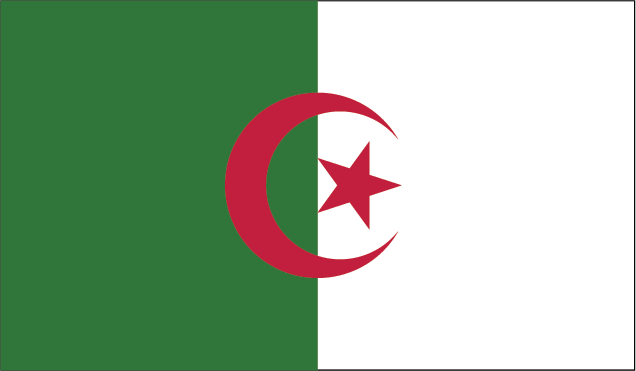OVERVIEW
ROLES AT IMM
2025
IMM International Faculty
Real Analysis
Course
Pakistan
Spring
2023
IMM International Faculty
Functional Analysis
Course
Pakistan
Spring
2021
IMM International Faculty
Functional Analysis
Course
Pakistan
Spring
How would you define your field of study? What is your vision about it? Which are the topics you're most passionate about?
My research revolves around problems at the intersection of operator theory and complex analysis. In particular the focus is on using Hilbert spaces of holomorphic functions (such as the Hardy, Dirichlet and Bergman spaces) and the spectral theory of their operators as tools to investigate the relationships between seemingly unrelated open problems such as the Invariant Subspace Problem (ISP) in operator theory, the Riemann Hypothesis (RH) in analytic number theory, and the Periodic Dilation Completeness Problem (PDPC) in harmonic analysis.
CURRICULUM
from 2021 to Present
Associate Professor, The State University of Campinas
Brazil
from 2019 to Present
IMM International Faculty, International Mathematics Master (IMM)
International
How do you expect your experience in IMM to be? Why did you accept to teach for this project?
Almost all of my education from high school until the completion of my PhD took place in Pakistan. I am therefore a product of Pakistani education. I believe this gives me a good understanding of the experiences and challenges of mathematics students in Pakistan. I accepted to teach at the IMM program in order to share with students the many experiences I have had over the years. it is my hope that I can be a source of guidance for them. Personally speaking, I feel great excitement and an element of nostalgia in the possibility of "returning" to Pakistan and teaching at the same university where I myself was an undergraduate almost 15 years ago.
What is your teaching philosophy? What would you like to transmit to your students? How do you motivate them?
I believe that the best way to stimulate students towards a subject is to share with them the same child-like wonder and excitement oneself feels toward it. Rather than tell them that they have to wait many years before anything "mathematically significant" will be intelligible, I make an attempt to introduce them to some of the deepest mathematical mysteries of our times. For instance while introducing the rationals and real number in a first calculus course, I will introduce them to the "Continuum Hypothesis".
Similarly a discussion of integers and primes will be followed by a historical account of the "Prime Number Theorem". Such an approach creates excitement and makes students feel they are participating in an activity that has consumed the greatest of minds in human history.
Do you have one of two favorite quotes you would like to share and/or a personal “motto”?
"There is no such thing as a silly mathematical idea"..... Unknown
"Beauty is the first test: there is no permanent place in the world for ugly mathematics” ..... G. H. Hardy
"I sleep less so that I can live my dreams".......villain in the James Bond film "Die Another Day"


